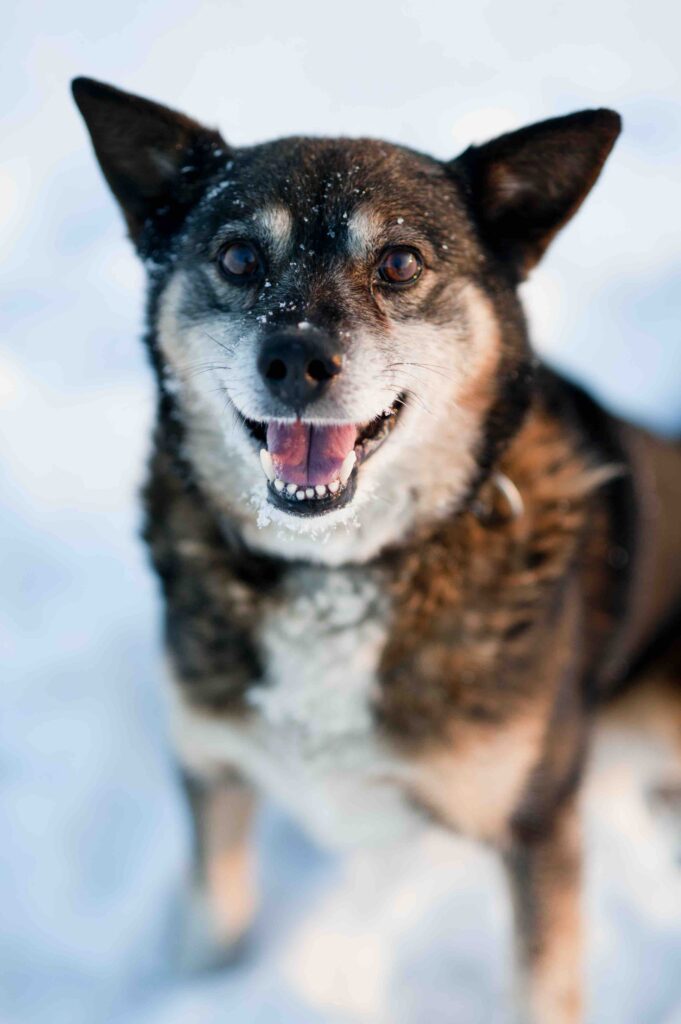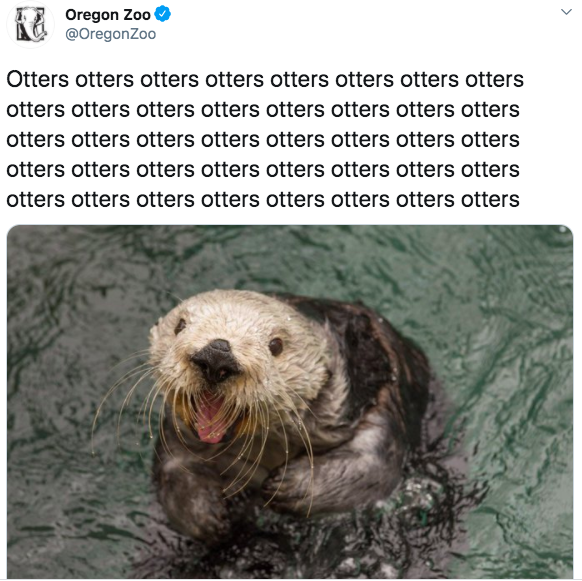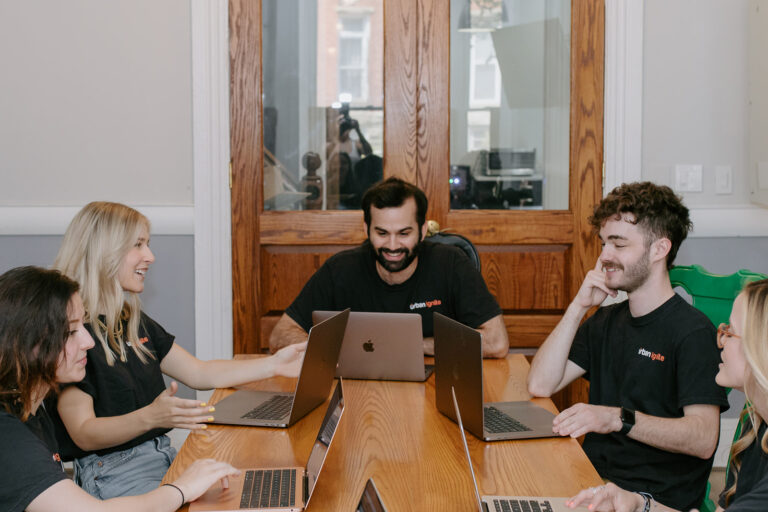Welcome to Gettin’ Meta, a series of blogs about…writing blogs! Each month we’ll break down what you need to know about writing blogs that drive traffic, engagement, and clicks, all redirected back to your business.
For many businesses, blogs serve as a double threat: they can present important information about your industry while also boosting your rankings in the search results. That is if they’re done right. So, knowing how to raise your SEO scores through blogs can be tricky if you’re unsure of what things should be emphasized. More than that, the uninitiated may not be aware of the interworkings that hinder their SEO advancement. So, let’s peel back the curtain and breakdown what search engines look for in blogs.
The Bread and Butter: Keywords and Keyphrases
Any discussion of SEO in blog writing always begins with keywords and keyphrases. Keywords and keyphrases are the bread and butter, the meat and potatoes, the…well, you get it. Keywords can be a single word but more commonly are keyphrases that you want a search engine to focus on when finding you in the search results. Keywords are almost like the driving instructions used to traverse the world of search results. When focusing on particular keywords, you always want to strike a balance. Too many repeating keywords in your blogs and on your website and search engines will rank you lower because they believe you are promoting spam. I know, there are no easy outs in the world of SEO. Striking the right balance is easier than you may think. Simply employ a WordPress plugin tool like Yoast SEO, which will help evaluate your keyword density throughout the blogpost.
Big Words, Big Word Counts
Did you know big words help your SEO? Okay, I’m not actually talking about long words. What I’m referring to are header tags. You know, that big thing hanging over this paragraph. That is an H2 header tag. Your title will usually automatically format as an H1, and for all other section subheaders in your blog, you should be using H2 tags. H3 and H4 tags can be used in specialized examples, such as in subsections within a paragraph. For instance:
Reasons Why I Love Petting My Dog (H1)
I’d like to discuss things about my dog, and why I love petting him.

My List of Reasons Why I Like Petting My Pup (H2)
Below I’ll utilize a sublist within the paragraph and use the H3 tag for each sub category.
He’s Very Cute (H3)
But also fluffy
He’s Also the Goodest Boy But Don’t Tell Him That (H3)
Don’t need this dog getting any ideas related to treats or walks right now.
Outside of this style, you will rarely, if ever need to employ H3 and H4 tags. Search engines typically crawl your blogs and use the header tags to determine what the blog is about. For this reason, reinforcing your keyphrase in the section headers is very useful.
Next, let’s discuss word counts. The bane of every college student with an essay due in ten minutes, word counts are just as important in SEO as they are to that college professor who docked you points for being a few words short of the requirement. Search engines will do the same. The standard word count for most blogs put out by small businesses is 300 to 500 words. This is the sweet spot so to say. However, feel free to go over if you like. The real damage comes if you fall under that threshold. Many small businesses will put out 200-word blogs and think they’re doing enough. Your blogs should probably be longer than a tweet, right?

We like to keep things light, so I included this tangentially related tweet about otters. Good for SEO? Maybe not. Good for our souls in what can be a challenging business? Very! Also, don’t do what I am doing right now. This would be what we call padding a word count. Including a bunch of unrelated information simply to trick the search engine into thinking you’ve hit the 300-word threshold or have exceeded it. Search engines will take note of this, and likely de-rank you because what you’re saying has little to do with the topic you’ve established via your keywords and header tags.
The Intangibles
To understand what search engines look for in blogs, we have to breakdown the intangibles. Let’s fire through some of those right now to see the inner workings of blog SEO.
Media
Blogs are about more than just words. Media is important because it helps diversify the content of the blog, making it more interesting to search engines, and thus improving your rankings. This is especially true in the case of original photos or videos utilized on your blog.
Alt-Text Descriptions
Speaking of media, don’t forget to include your alt-text descriptions! These will explain what a photo or video is trying to display in the case that it doesn’t load properly. These are important to search engines because in the case of websites, nothing is perfect and everything just simply breaks for no reason at all sometimes.
Meta Description
Meta descriptions are something you’re already very familiar with, even if you don’t recognize it by name. It’s the little sliver of text that appears beneath a page title in the search results that tells you a little bit about the page. If you don’t manually set this, the search engine will pull from the blog what it thinks is an accurate part as the meta description, but AI isn’t always the best at withdrawing context from written English. If I didn’t set my meta description for this blog, the search engines might think it’s actually about dogs or otters. Not so good for SEO.
Backlinks
Backlinks are the shady backroom dealings of SEO operating all around you without your knowledge. Okay, not really but they can seem that way at times. Backlinks are essentially how many times other pages are linking back to your blog or website. So for instance, if I were to tell you I found that otter tweet on this list of other funny tweets celebrating the 280 character count, I have officially created a backlink to it. Pretty cool, huh? Try to get these where you can, as they are important.
Reader Retention
The last thing I want to note here is reader retention. This is simply a fancy way of saying how long someone spends on the page looking at your blog (maybe even reading it if you’re lucky enough). This is important to the conversation of what search engines look for in blogs because those where readers only spend a few seconds may cause the search engine to think it’s simply spam, and de-rank it. Keeping people reading is a subtle little way to help boost your SEO.
Search Engines Look for in Blogs What Most of Us Do
At the end of the day, all of these small things may seem like a hassle but really they all just go into making the experience of reading a blog better. We all know when we’ve come across a blog where the writer simply hasn’t put the time or effort in. It’s important that everything we create online to represent our companies actually represents it.
If you aren’t sure how to get your blog where it needs to be, contact the team here at Urban Ignite. We don’t play around when it comes to creating stellar content for small businesses.
We may, however, show you more pictures of dogs and otters because we all need more dog and otter pictures in our lives.




